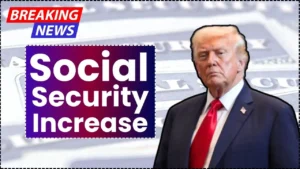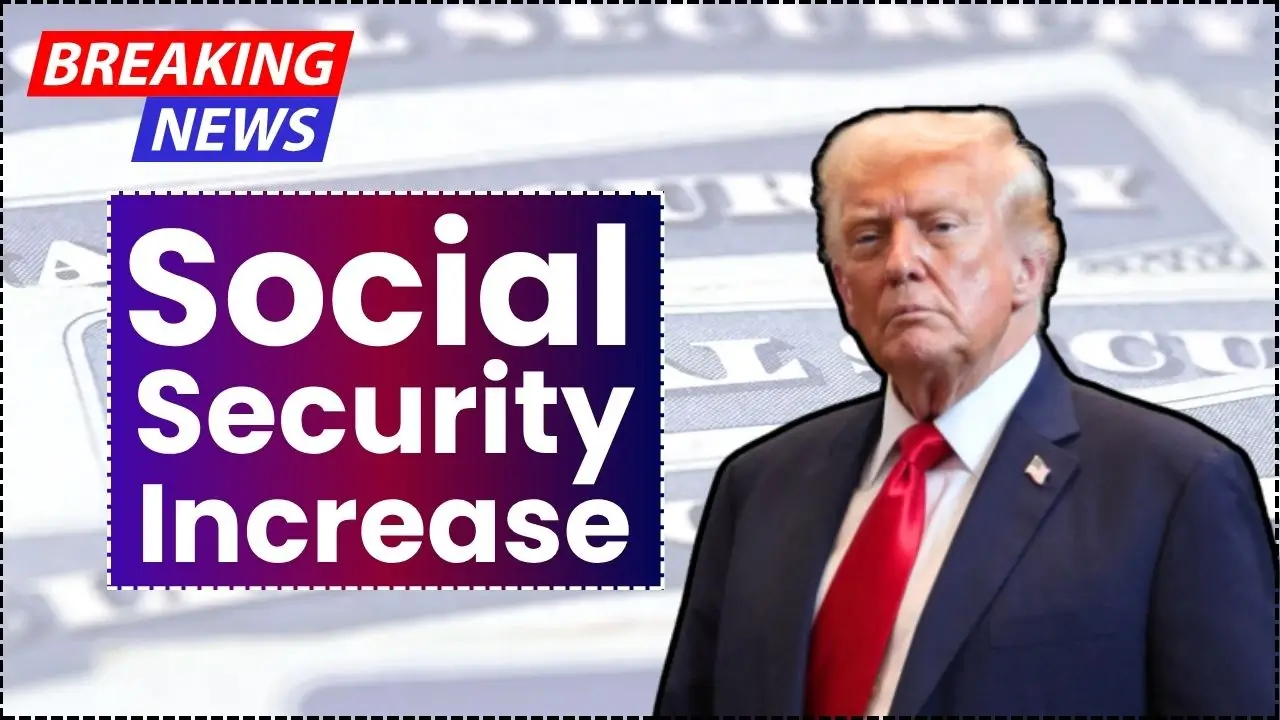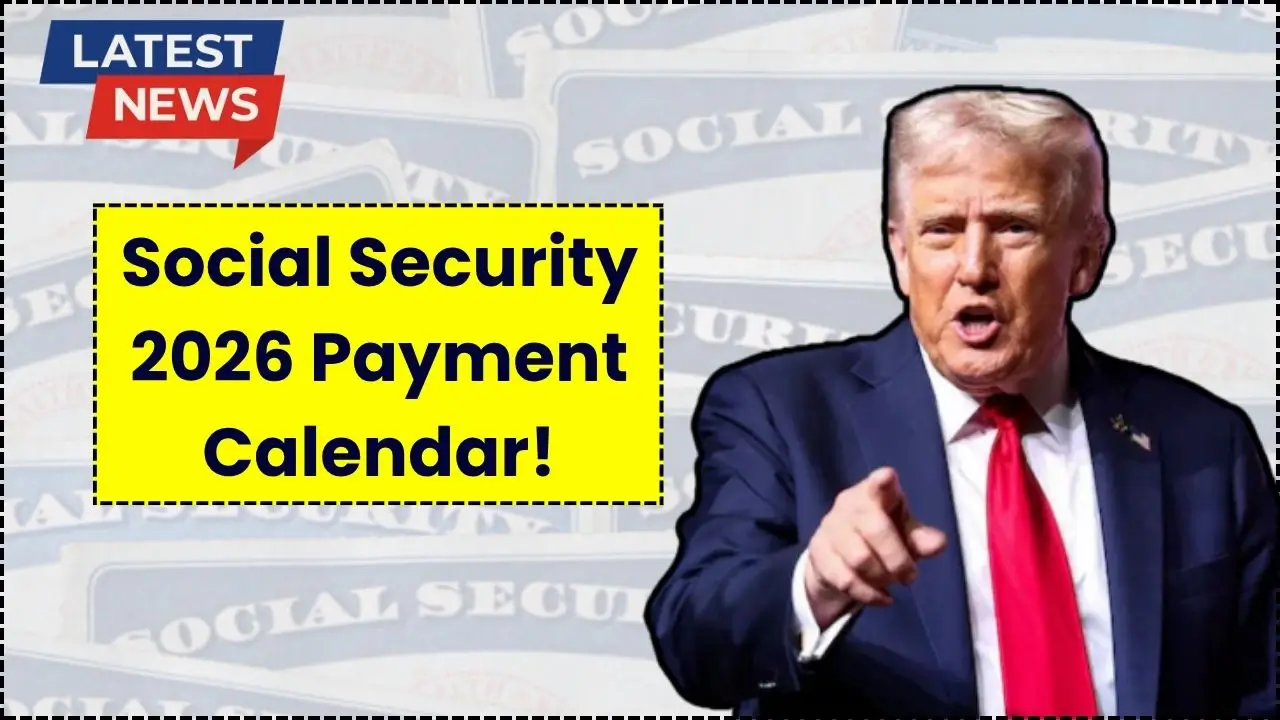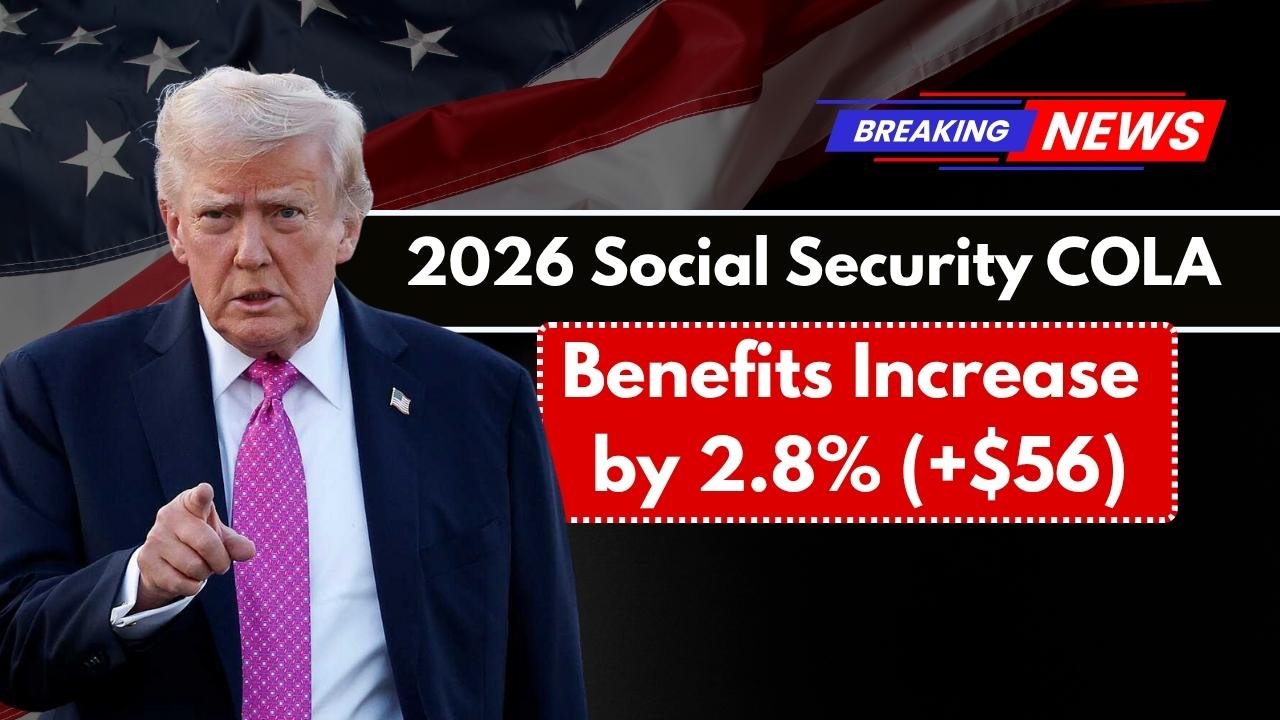In recent years, the IRS has made significant strides in shifting payments to more digital methods, particularly following the pandemic. The movement toward digital payments for various government assistance programs, including stimulus checks and Social Security payments, has been a topic of considerable discussion. With the new changes planned for 2025, a more streamlined digital approach promises to make payments faster, more secure, and easier to track. This shift, while offering many advantages, also raises questions about how these changes will impact individuals who are less familiar with digital systems or those who rely on paper checks.

As we approach the full implementation of digital payments in 2025, understanding the nuances of this transition becomes crucial. For millions of people, especially senior citizens and low-income families, digital payments may represent both an opportunity and a challenge. The focus on a digital-first strategy aligns with broader government initiatives aimed at increasing efficiency and reducing costs, but it also necessitates a careful examination of the logistical and technical requirements. Here’s what the shift means for you, and how you can prepare for it.
Table of Contents
IRS Stimulus Checks and Social Security Payments
The 2025 shift to digital payments will impact both IRS stimulus checks and Social Security payments. For many recipients, this move to electronic transfers marks a significant change from the traditional paper check system. As more individuals become accustomed to receiving payments via direct deposit, the government hopes to reduce delays, prevent fraud, and ensure more people have access to their benefits swiftly. However, the transition does come with its own set of challenges, especially for those who may not have access to a bank account or the technology to manage digital payments.
The move toward digital payments aligns with an ongoing trend in government services, where agencies are modernizing to accommodate the growing preference for electronic transactions. While some individuals already receive their payments digitally, others still rely on paper checks. The shift to digital for everyone could result in better tracking of payments, more efficient delivery, and enhanced security protocols. But for those who prefer traditional methods, or lack access to the necessary digital tools, the change could create obstacles.
Overview of the 2025 Shift to Digital Payments
| Topic | Details |
|---|---|
| Transition Date | 2025 |
| Payment Types Affected | IRS stimulus checks, Social Security payments |
| Main Changes | Shift to direct deposit, reduction of paper checks |
| Reasons for the Shift | Increased efficiency, security, and cost reduction |
| Challenges for Recipients | Lack of access to digital banking, technological literacy issues |
| Government Support | Outreach programs to assist with transitioning to digital payments |
| How to Prepare | Set up direct deposit, ensure bank account information is updated |
Why Digital Payments?
One of the major reasons for the shift to digital payments is efficiency. With digital systems, payments can be processed faster, and recipients can receive their funds much more quickly compared to waiting for paper checks to be issued and mailed. Direct deposit is also more secure, minimizing the risk of theft or fraud that can occur with paper checks. This change is particularly beneficial during emergency situations, such as during the COVID-19 pandemic, when the speed of disbursement was critical.
Furthermore, moving to a digital system means that the IRS and Social Security Administration (SSA) can save money. Processing paper checks is more costly for the government in terms of both time and money. By eliminating paper checks, the agencies can reduce operational costs and reinvest those savings into improving service delivery. Additionally, digital payment systems offer more transparency and make it easier for recipients to track their payments.
Who Will Be Affected by the Digital Shift?
The shift to digital payments will impact a wide range of people, but certain groups will be affected more than others. Social Security recipients, for example, are a particularly vulnerable group. Many older Americans may not be familiar with online banking or may lack access to the necessary technology to manage digital payments. Similarly, individuals living in rural areas may face challenges in accessing digital banking services.
On the other hand, individuals who are already using direct deposit for Social Security or other government benefits will experience little disruption. Those who receive their IRS stimulus checks electronically, for instance, may find the transition seamless. The challenge lies in reaching those who are unfamiliar with or have limited access to digital banking services.
Government Efforts to Support the Shift
To help ease the transition, the government has announced several support programs for individuals who are unfamiliar with digital payment methods. These include outreach efforts, such as educational campaigns on how to set up direct deposit, and partnerships with community organizations to reach those most in need. The SSA has also indicated that it will offer assistance to help individuals who may not have bank accounts get set up for digital payments.
Additionally, the government has made efforts to ensure that digital payment systems are secure. With concerns about identity theft and fraud growing, the IRS and SSA have been working to implement more robust security measures to protect recipients’ personal information. The shift to digital payments is part of a broader strategy to modernize government services and improve the overall experience for users.
Challenges and Concerns
Despite the many benefits of digital payments, there are several challenges that need to be addressed. One of the biggest hurdles is the digital divide — the gap between those who have access to the internet and digital tools and those who do not. Older individuals, in particular, may struggle with setting up and managing digital payments. Additionally, those without bank accounts or access to financial services will need assistance to ensure they can receive their payments.
Moreover, there are concerns about the potential for technical issues during the transition. If the system goes down or fails to process payments correctly, it could create significant hardships for recipients who rely on these funds to meet their basic needs. The government will need to ensure that there are backup systems in place to prevent delays or disruptions during the transition.
How to Prepare for the Digital Shift
For recipients of IRS stimulus checks and Social Security payments, the best way to prepare for the shift to digital payments is to set up direct deposit if they haven’t already done so. Ensuring that bank account information is up-to-date with the IRS and SSA is essential. Those who do not currently have a bank account should consider opening one, as many institutions offer free or low-cost accounts.
It’s also important to stay informed about the changes. The IRS and SSA will be sending out notifications to recipients, and there will likely be media campaigns aimed at educating the public. Keeping an eye on official communications from these agencies will help recipients stay on top of deadlines and ensure that they are ready for the change.
IRS to Send $1,390 Direct Deposit Relief in 2025 – Are You Eligible?
Conclusion
The 2025 shift to digital payments for IRS stimulus checks and Social Security payments represents a major step forward in modernizing the way the government distributes funds. While the transition promises to improve efficiency, security, and cost-effectiveness, it also brings challenges for those who may not be as comfortable with digital systems. By taking proactive steps to prepare for the change, recipients can ensure that they continue to receive their payments without disruption. Whether it’s setting up direct deposit or reaching out for assistance with the transition, being informed and prepared will help ensure a smooth shift to digital payments.

















